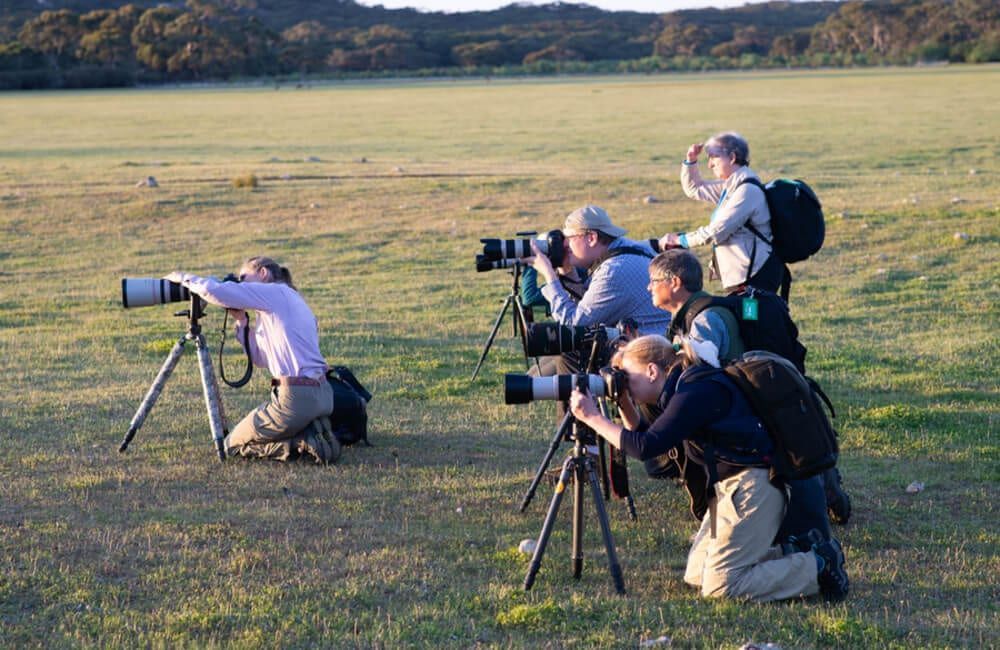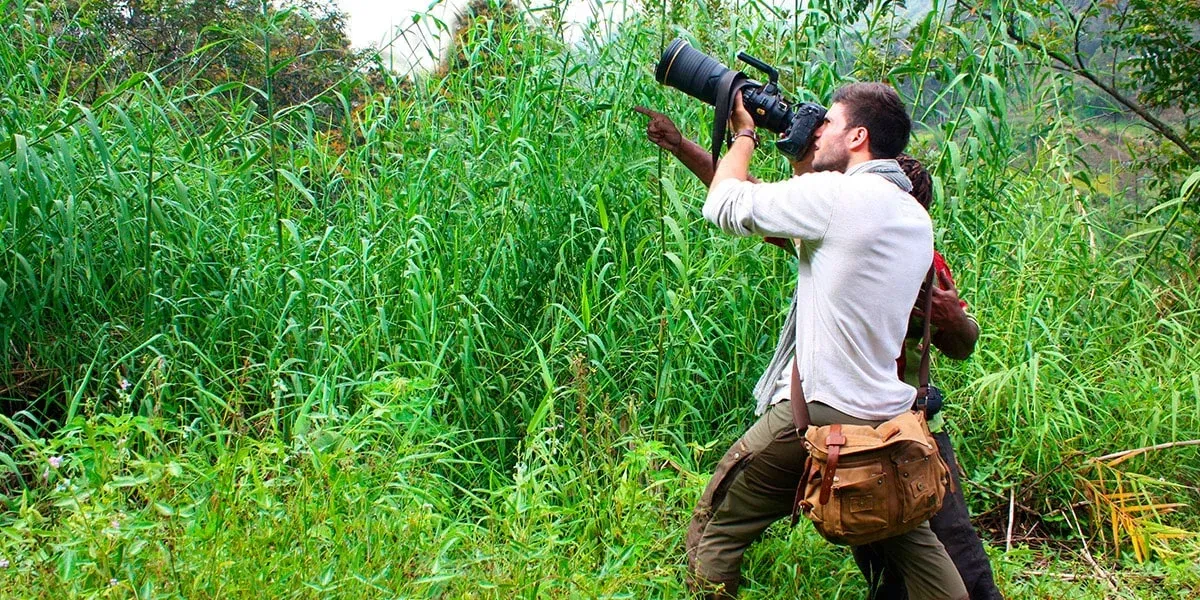The Unique Fauna of Colombia’s National Reserves
Colombia is often called the most biodiverse country per square kilometer on Earth — and for good reason. This South American nation is a treasure trove of incredible species, from vividly plumed birds to elusive mammals and lush, endemic plant life. Its national reserves and parks protect this wealth of biodiversity across landscapes as varied as tropical rainforests, misty páramos, mangroves, and dry deserts.
At Retorno Photo Tours, we believe one of the most rewarding ways to experience Colombia is through its natural wonders. Visiting its national reserves offers photographers and nature lovers the chance to immerse themselves in ecosystems that exist nowhere else — making it a true destination for those hoping to see, photograph, and protect this incredible biodiversity.
Why Colombia’s National Reserves Stand Out
Colombia is home to over 60 national parks and reserves, spanning the Andes, the Amazon, the Caribbean and Pacific coasts, and the Orinoquía and Chocó rainforests. Together, these parks shelter:
- Around 1,900 bird species — more than any other country in the world.
- Almost 3,000 types of orchids, a third of all known orchid species.
- Countless mammals, amphibians, reptiles, and insects, many found nowhere else.
This extraordinary diversity is driven by Colombia’s tropical climate and its dramatic topography — rising from ocean level to snowcapped peaks over 5,000 meters high. Every altitude brings new ecosystems and new species.
Flora to Photograph in Colombia’s Parks
Wax Palms of Cocora Valley
If you visit Los Nevados National Park, a stop at Cocora Valley is a must. Rising like giants, Colombia’s national tree — the Quindío wax palm (Ceroxylon quindiuense) — can reach up to 60 meters, making them the tallest palms on Earth. Standing among these iconic trees as morning mist drifts between them is a magical experience — perfect for landscape and environmental portrait photographers alike.
Orchids of the Cloud Forests
Colombia is famous for its orchid diversity. In parks like Chingaza and Chicamocha, moss-covered branches drip with intricate blooms. Spotting the Flor de Mayo (Cattleya trianae) — Colombia’s national flower — is a highlight. Macro photographers will appreciate capturing the textures, colors, and dew-dappled petals up close.
Frailejones of the Páramo
The high-altitude páramo ecosystems — found in parks like Sumapaz and Chingaza — offer some of the most unique plant life in the world. Frailejones (Espeletia spp.), with their fuzzy silver-green leaves and sunflower-like blooms, stand scattered across the landscape like sentinels. These slow-growing giants help regulate water supplies for millions of Colombians — an important story to document with your lens.
Wildlife Hotspots in Colombia’s National Parks
Birds of the Cloud Forests
More than 70 hummingbird species — including the astonishing Sword-billed Hummingbird — can be found in reserves like Tatamá and Rio Blanco. Bird photographers will also marvel at the resplendent Andean Cock-of-the-Rock, Golden-hooded Tanagers, and elusive antpittas. Many parks maintain feeders or forest hides to help you get close without disturbing the birds.
Jaguars and Tapirs of the Amazon
In parks like Amacayacu along the Amazon River, lush jungles shelter elusive jaguars and Brazilian tapirs. The diversity extends to howler monkeys, sloths, and toucans. Capturing these animals on camera is a rewarding challenge that may require patience — and often the help of an experienced local guide.
Giant Anteaters and Capybaras of the Llanos
The flat savannas of El Tuparro National Park and nearby reserves are home to some of South America’s most iconic large mammals. Giant anteaters stride across the plains, while capybaras lounge by oxbow lakes. Birdlife is prolific here too, with scarlet ibises and jabirus decorating the landscape.
Marine Life on the Pacific and Caribbean Coasts
Colombia’s parks stretch to its ocean coasts, too. Utría National Park on the Pacific is a hotspot for humpback whales (July–October), nesting sea turtles, and frigatebirds. The Tayrona National Park on the Caribbean coast is famed for its colorful coral reefs, making underwater photography a spectacular option.
Practical Tips for Photographing Wildlife in Colombia
- Work with a local guide — National parks often require guides, and they can lead you to hidden spots, identify species, and help you navigate trails safely.
- Practice patience and observation — Wildlife rarely appears on demand. Waiting quietly and learning to read your surroundings increases your chances of great shots.
- Use long lenses and a tripod — For birds and mammals, a 300–600mm lens allows you to capture animals from a respectful distance.
- Embrace all types of light — Cloud forests and rainforests have diffused light; paramos offer bright, open skies. Adjust your exposure, shoot RAW, and work creatively with light.
- Travel in small groups — Smaller groups help reduce noise and impact, so animals feel more comfortable around you.
Conservation and Responsibility
While Colombia is a paradise for photographers, it’s also a fragile environment under pressure. Visiting national parks responsibly is essential to keeping these ecosystems intact:
- Follow park rules and stick to designated paths.
- Maintain a respectful distance from wildlife.
- Support eco-lodges and local conservation efforts.
- Consider donating or volunteering with organizations that protect Colombia’s biodiversity.
Your photos can help tell stories about Colombia’s natural treasures and the need to preserve them — making your trip meaningful on more than one level.
Why Photographing Colombia’s Flora and Fauna is Unforgettable
Exploring Colombia’s national parks is not just a photographic adventure — it’s a chance to connect with nature at its most vibrant and diverse. Whether you’re capturing hummingbirds sipping nectar in the cloud forest, a giant kapok tree spreading its roots in the Amazon, or a wax palm silhouetted against a blue sky, every frame will remind you of the immense beauty this country holds.
By traveling thoughtfully and photographically through Colombia, you help support local conservation, raise awareness of its ecosystems, and come home with images that reflect the magic of one of Earth’s most extraordinary places.










